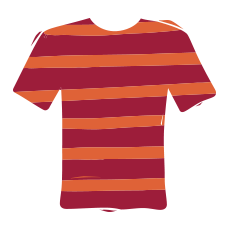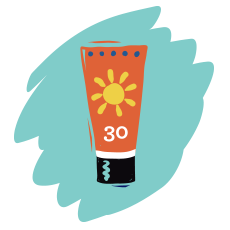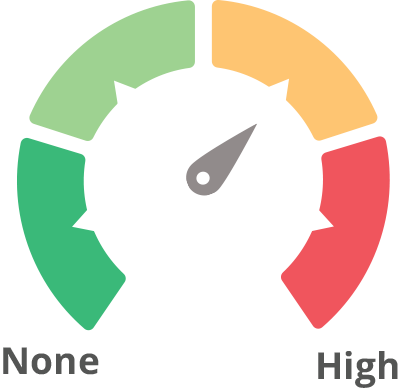

Please note that EWG obtains the displayed images of products from third parties and that the product's manufacturer or packager may change the product's packaging at any point in time. Therefore, EWG assumes no responsibility for the accuracy of images presented.
Close

EWG assumes no responsibility for the accuracy of images presented.
Sprays pose an inhalation risk and may not cover the skin completely. Read more
Sunscreens can break down while still in the bottle. To be safe dispose of products when the mixture clumps or separates.
This product contains chemical active ingredient(s) that the FDA does not have enough health safety data to classify as safe and effective: AVOBENZONE, OCTISALATE, OCTOCRYLENE







Ingredients from label Active ingredients: Avobenzone 2%, Octisalate 4.5%, Octocrylene 7%; Inactive ingredients: SD alcohol 40-B (84.1% v/v), neopentyl glycol diheptanoate, polyester-27, tocopherol, fragrance, ascorbyl palmitate copolymer, glycerin, aloe barbadensis leaf extract, tocopherol (vitamin E), cocos nucifera (coconut) oil, mineral oil, fragrance
Concerns: Allergies/immunotoxicity (high), Endocrine disruption (moderate), Non-reproductive organ system toxicity (moderate), Ecotoxicology (low), Irritation (skin, eyes, or lungs) (moderate)
Concerns: Allergies/immunotoxicity (high), Endocrine disruption (moderate), Non-reproductive organ system toxicity (moderate), Ecotoxicology (low), Irritation (skin, eyes, or lungs) (moderate)
Concerns: Allergies/immunotoxicity (low), Enhanced skin absorption, Use restrictions (moderate), Endocrine disruption (low), Biochemical or cellular level changes (high)
Concerns: Cancer (low), Developmental/reproductive toxicity (moderate), Enhanced skin absorption, Non-reproductive organ system toxicity (low), Multiple, additive exposure sources (low)
Concerns: Non-reproductive organ system toxicity (low), Contamination concerns (ETHYLENE OXIDE and 1,4-DIOXANE)
Concerns: Allergies/immunotoxicity (moderate), Persistence and bioaccumulation (low), Non-reproductive organ system toxicity (moderate)
Concerns: Cancer (low), Allergies/immunotoxicity (low), Use restrictions (moderate), Endocrine disruption (low), Contamination concerns (BENZOIC ACID, 4-T-BUTYLBENZOIC ACID, BENZALDEHYDE, P-ANISIC ACID, ACETOPHENONE, and DIBENZOYLMETHANE)
Concerns: Allergies/immunotoxicity (low), Use restrictions (moderate), Persistence and bioaccumulation (low), Ecotoxicology (low), Irritation (skin, eyes, or lungs) (low), Biochemical or cellular level changes (high)
Concerns: Cancer (low), Allergies/immunotoxicity (low), Endocrine disruption (low), Contamination concerns (HYDROQUINONE)
Concerns: Biochemical or cellular level changes (high)
Concerns: Use restrictions (moderate)
Concerns: Cancer (low), Allergies/immunotoxicity (low), Endocrine disruption (low), Contamination concerns (HYDROQUINONE)
Concerns: Cancer (moderate), Developmental/reproductive toxicity (low), Use restrictions (low)
Concerns: Allergies/immunotoxicity (low), Multiple, additive exposure sources (low), Irritation (skin, eyes, or lungs) (low)






UVA/UVB Balance

EWG's estimate of the UV protection provided by this product. An ideal sunscreen filters UVA and UVB rays evenly, but some sunscreens let too many UVA rays through.
Close